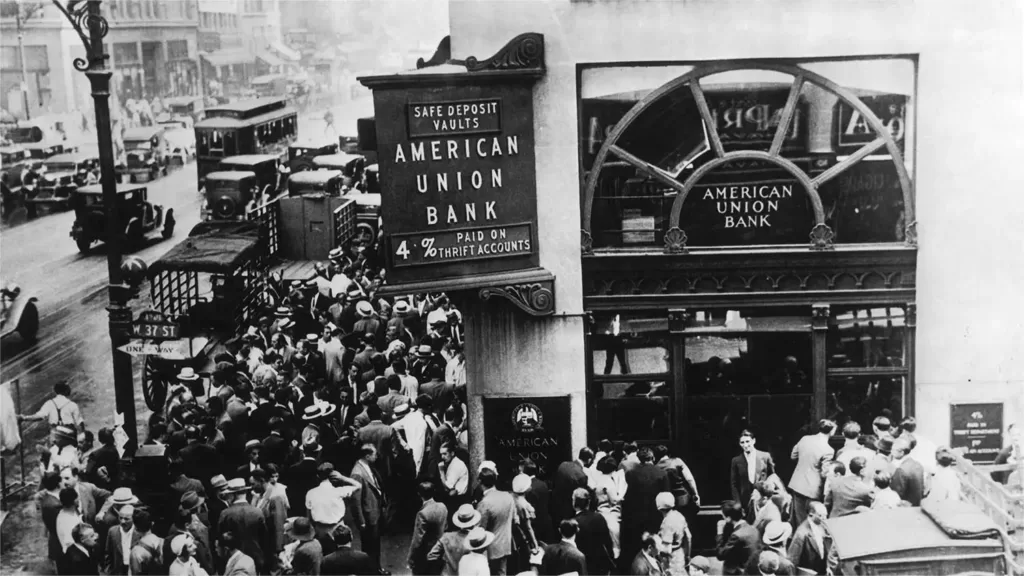Qué ocurría en el mundo mientras se producía la Masacre de Nanjing


La masacre de Nanjing, also known as the Rape of Nanjing, took place during the Second Sino-Japanese War from December 13, 1937, to January 1938. While this horrific event unfolded in Nanjing, China, several significant events were happening around the world. Here is a detailed introduction to some of the major occurrences during that period:
Segunda Guerra Sino-Japonesa: The Nanjing Massacre occurred within the context of the broader Second Sino-Japanese War, which began on July 7, 1937. This war pitted the Republic of China (led by Chiang Kai-shek) against the Imperial Japanese Army. The conflict intensified following the Marco Polo Bridge Incident, leading to the Japanese invasion of China.
European Political Landscape: In Europe, the political situation was tense as the continent grappled with the rise of totalitarian regimes. Adolf Hitler had come to power in Germany in 1933, and by 1938, Nazi Germany had already annexed Austria in the Anschluss. The appeasement policy towards Nazi aggression was being pursued by British Prime Minister Neville Chamberlain and culminated in the Munich Agreement in September 1938.
Spanish Civil War: From 1936 to 1939, the Spanish Civil War raged on. It was a conflict between the Nationalist forces, led by General Francisco Franco, and the Republican government. The war attracted international involvement, with various countries providing support to both sides. The war had significant implications for Europe, as it was seen as a prelude to the larger conflict that would become World War II.
Economic Turmoil: The world was still recovering from the effects of the Great Depression, which had begun with the Wall Street Crash in 1929. Many countries were grappling with economic difficulties, unemployment, and social unrest. Efforts were being made to revive economies through various initiatives, such as Franklin D. Roosevelt’s New Deal in the United States.
International Diplomacy: Diplomatic efforts were underway to address global conflicts and prevent further escalation. In 1937, the League of Nations, a precursor to the United Nations, established the Nanking Safety Zone in Nanjing to protect Chinese civilians during the conflict. However, the League of Nations’ influence was limited, and it struggled to address the aggressive actions of Japan.
Art and Culture: Despite the turbulent times, art and culture continued to thrive. In the field of literature, notable works were being published, such as John Steinbeck’s “Of Mice and Men” (1937) and J.R.R. Tolkien’s “The Hobbit” (1937). In cinema, iconic films like Walt Disney’s “Snow White and the Seven Dwarfs” (1937) were released, marking significant milestones in animation.
Scientific Discoveries: Scientific progress was being made in various fields. In 1938, Swiss chemist Albert Hofmann accidentally discovered the psychedelic properties of LSD (lysergic acid diethylamide). This event would later have a profound impact on the counterculture movement of the 1960s.
While the Nanjing Massacre unfolded, the world witnessed a tumultuous period marked by political conflicts, economic struggles, and advancements in various fields. These events shaped the course of history and set the stage for the larger global conflict that would become World War II.
Otros datos sobre la Masacre de Nanjing
- ¿Se planeó la masacre de Nanjing?
- Causas de la masacre de Nanjing
- Efectos y resultados de la Masacre de Nanjing
- El número de muertos de la Masacre de Nanjing: controversias y puntos en común
- Lo que ocurrió en la Masacre de Nanjing